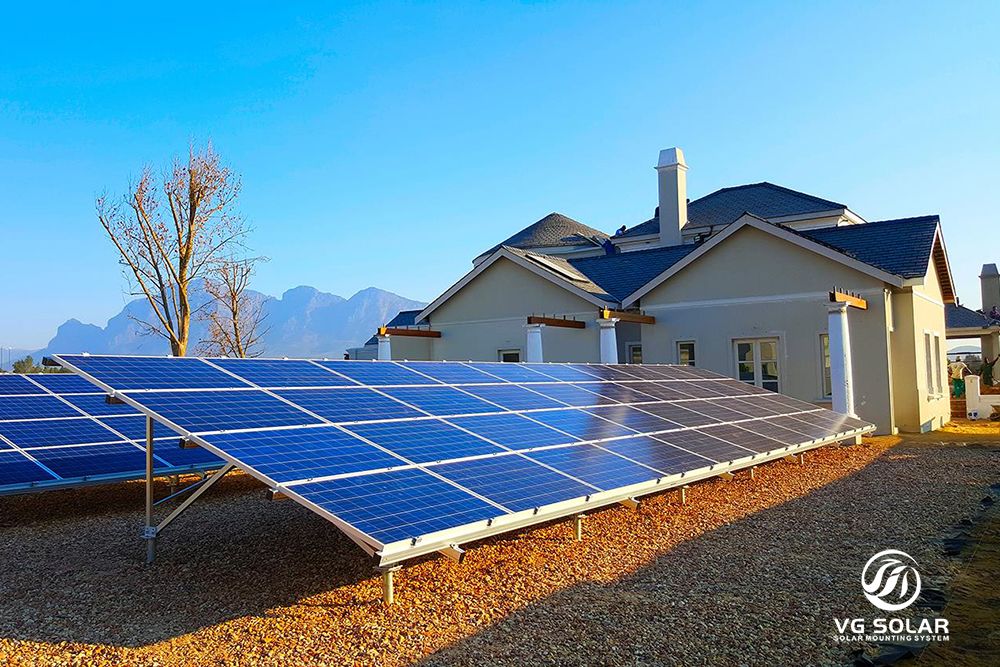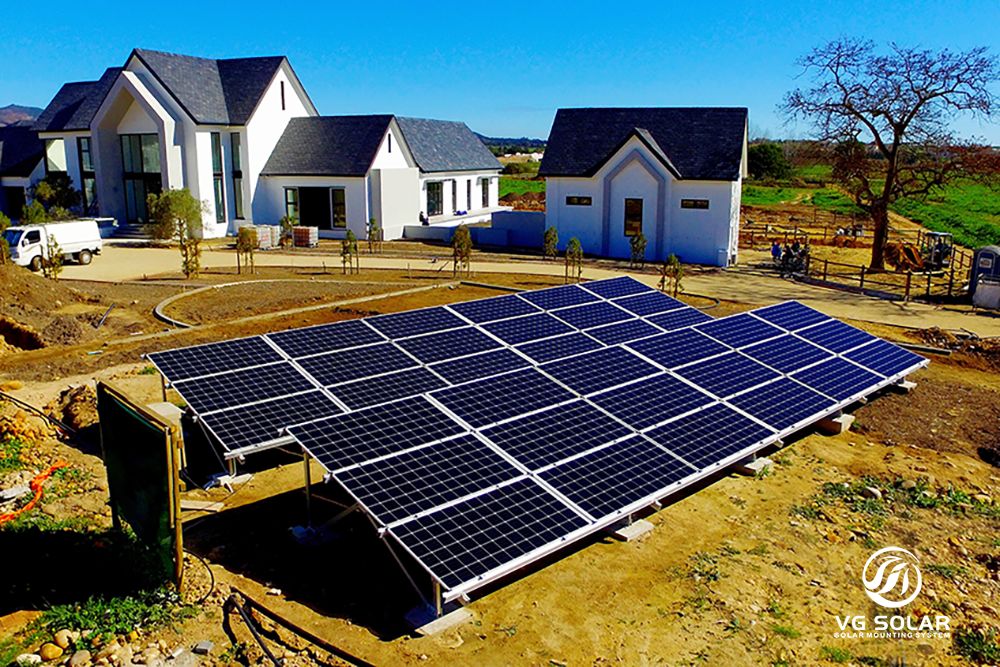Ground mounting methods are an important aspect to consider when installing photovoltaic systems, especially in flat areas. The performance and efficiency of these systems is largely dependent on the stability and durability of the supporting structures. Depending on the terrain and specific requirements, different fixing methods can be used, including the pile foundation method, the concrete block counterweight method, the ground anchor method, etc. Each method has its own advantages and is suitable for specific conditions. In this article, we’ll take a closer look at these different methods of ground support to gain an insight into their applicability and effectiveness.
The pile foundation method is widely used in areas with loose soil or uneven ground. In this method, slender piles are driven into the ground to provide a stable foundation for the photovoltaic support structure. Depending on the specific requirements and environmental factors, the piles can be made of steel, concrete or even wood. This approach provides excellent stability even in areas of high wind loads and seismic activity. In addition, the height and length of the pile can be adjusted according to the required tilt angle of the photovoltaic panels, allowing for optimal solar absorption.
Another effective method of ground mounting is the concrete block counterweight method. This method is particularly suitable for areas where the ground is hard and access to deep drilling equipment is limited. In this approach, concrete blocks are strategically placed around the support structure to provide stability and prevent overturning or tipping. The weight of the concrete blocks acts as a counterweight, effectively anchoring the PV system to the ground. This method is simple and cost-effective as the materials required for the concrete blocks are readily available and affordable.
The ground anchoring method is often used in areas with clayey soils or where there is a high water table. This method uses metal anchors driven deep into the ground to provide stability and prevent movement. Ground anchors are securely attached to the supporting structure, ensuring that it resists lateral forces and uplift caused by wind or soil movement. This method is highly adaptable and the number and configuration of ground anchors can be adjusted to suit specific ground conditions and load requirements.
Factors such as soil type, water table, wind and seismic loads and accessibility to construction equipment must be considered when selecting the appropriate ground anchorage method. Environmental considerations should also be taken into account to ensure minimal disruption to the surrounding ecosystem.
In summary, the choice of ground support and fixing method is very important for the successful installation and efficient operation of a photovoltaic system. The pile foundation method, the concrete block counterweight method and the ground anchor method are all effective solutions, each with its own strengths and suitable for different ground conditions. Understanding the advantages and limitations of these methods will enable professionals to make an informed decision when selecting the most appropriate ground support method for a flat area. By ensuring the stability and durability of photovoltaic support structures, we can maximise the efficiency of renewable energy generation and contribute to a sustainable future.
Post time: Aug-17-2023


